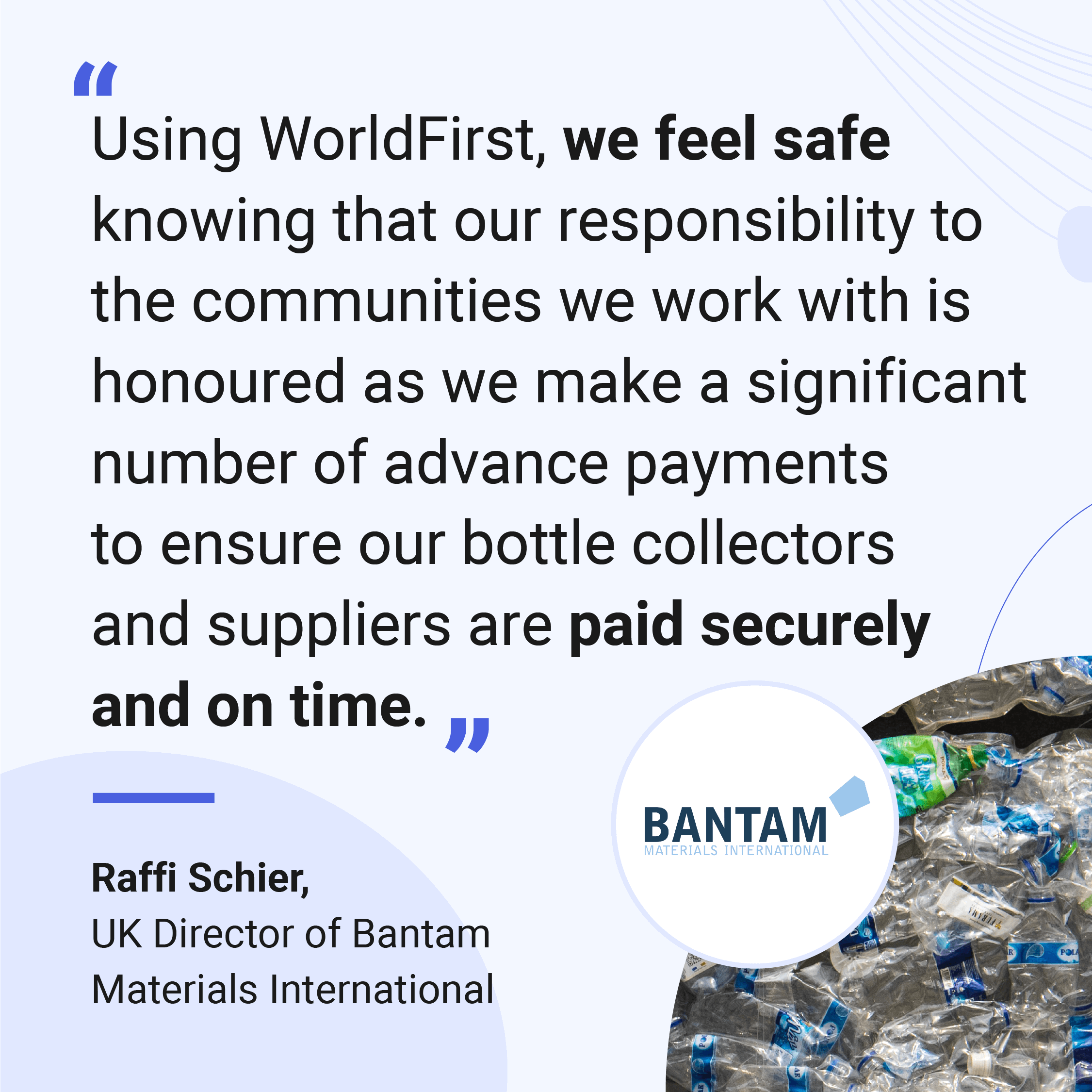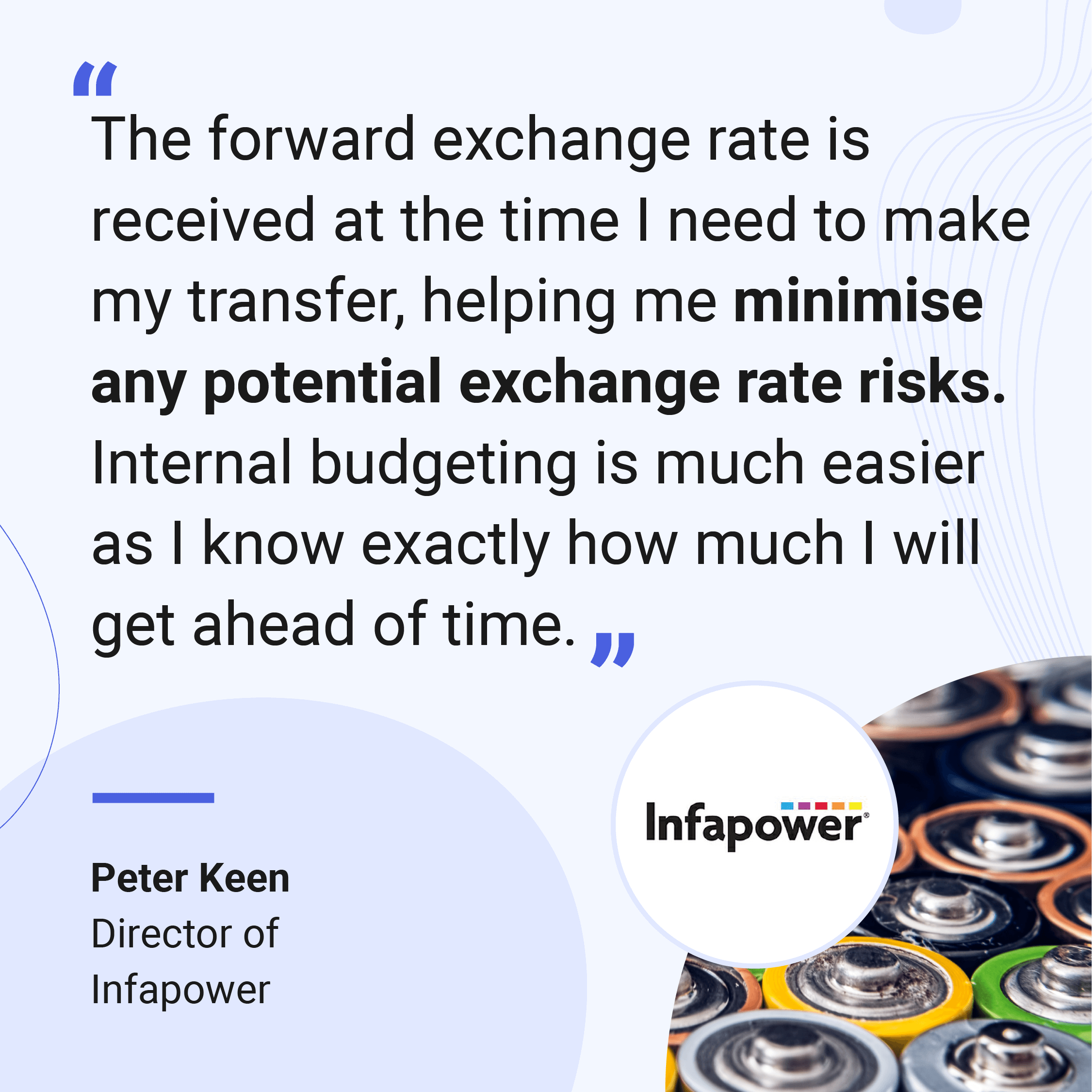
Imagine a group of investors who are planning to open a gourmet restaurant. They are holding a meeting to choose a head chef from three finalists. But there’s a catch. What they don’t know is that there is an objectively correct choice. Whether they find the best possible candidate and eliminate the other two depends on how well they manage to resist the pressure of groupthink.
The task was part of an experiment conducted by Dr Colin Fisher, associate professor at University College London School of Management. The participants of the experiment all received some shared information. But to see the full picture, they would have to bring their individual pieces of information together to create a whole.
The way we make decisions as groups is fundamental to family life, policymaking and the way businesses operate. It's helpful to look at the psychology of decision-making, specifically exploring the issue of groupthink and how businesses overcome common pitfalls.
“When information is held by all or most group members, it is especially likely, as a statistical matter, to be repeated in group discussions,” according to Cass Sunstein and Reid Hastie in Wiser: Getting Beyond GroupThink to Make Groups Smarter. The opposite is true for insights that only one person or a few people have.
Share information at the right time
To coax group members into sharing information, behavioural scientists have come up with interventions. In Fisher’s gourmet restaurant example, the experiment leader makes a point of telling the group: ‘‘I’d like to give you some advice about how to conduct your discussion. Try to share as much information as possible before coming to a decision; having all the information available will help your team to make the best choice.”
Prior to the discussion, 19 per cent of participants made the right choice. When groups received this simple reminder before their discussion, they made high-quality decisions 42 per cent of the time. What Fisher discovered was that not only the intervention itself mattered, but its timing mattered too. If groups were told to share their information either five minutes or fifteen minutes into a half hour discussion, they made high-quality decisions 63 per cent of the time. It’s therefore more effective to remind groups to share information once they’re in the process.
Appoint a devil’s inquirer
Groupthink originated as an academic concept in the early-1970s, when Yale psychologist Irving Janis analysed the Bay of Pigs fiasco, an ill-conceived US invasion that aimed to overthrow Fidel Castro’s regime in Cuba.
The problem was that while President John F. Kennedy’s advisers had private doubts about the invasion, they failed to voice them. Why? Because of groupthink. As Arthur Schlesinger, who was one of the advisers, put it: “Our meetings were taking place in a curious atmosphere of assumed consensus.” There was strong pressure to conform.
Open a World Account for free
- Open up to 15 local currency accounts, with local sort codes, account numbers and IBANs
- Collect secure payments from 130+ marketplaces, overseas buyers and payment processing gateways
- Pay suppliers, partners and staff in 40 currencies without hidden fees
- Pay and get paid easily with local bank details on your invoices
- Lock in conversion rates to manage your currency risk
To counter this tendency, boards can appoint a devil’s advocate, who is tasked with challenging the group’s consensus. For larger groups of more than seven members, for example, some studies recommend two devil’s advocates to avoid isolation.
But, Fisher says, rather than appointing a devil’s advocate, make it a “devil’s inquirer”. Their aim should be to ask for information that is counter to the prevailing viewpoint. That’s different from advocacy, which tends to result in conflict, where people focus on their opinions. “Whereas this inquiry tends to get people talking about information, rather than further entrenching the positions they have,” he says.
Consider the best and worst outcomes
There’s another way of broadening the pool of information. Gary Griffiths, co-founder of venture capital fund Wisdom and a board member of his portfolio companies, recommends asking: “What’s the worst that could happen?” He says: “I was recently engaged in a decision regarding a lawsuit for wrongful termination. The company had already spent several hundred thousand dollars on legal fees, with several hundred thousand ahead of them before trial.”
To find the answer to the worst-case scenario, he did some basic research and discovered the maximum settlement for cases of this type was far less than the forecast legal costs. “So, the decision was straightforward: stop retaining counsel, let it go to trial and accept the settlement.”
The corollary is asking: “What’s the best that could happen?” And again, Griffiths recommends assessing the best possible outcomes coupled with some “knee-jerk” statistics, as opposed to an exhaustive analysis. “Often, it becomes clear that the best possible outcome is not worth the time and effort,” he says.
Be open to different perspectives
Recently, more decisions have been made on Zoom. Anytime we change media, it’s going to take a more proactive approach to make sure the decision-making process is productive, cautions Fisher. Standards might slip, as Zoom participants worry about their hair, now they can see themselves on camera, or board members juggle having a discussion with making sure others haven’t frozen or accidentally muted their mic.
“You need to think carefully about exactly what data you’ll require to tackle a problem,” says Fiona Hathorn, chief executive of Women on Boards UK. “So, to avoid groupthink, I believe it's often best to start with an information map to encourage your problem-solving mindset to enable teams to see different perspectives as opposed to simply hearing the loudest voice.”
- Excerpt from Raconteur Business Growth & Recovery special report published in The Times. Download the full report for free

Businesses like yours trust WorldFirst
- Almost 1,000,000 businesses have sent $150B around the world with WorldFirst and its partner brands since 2004
- Your money is safeguarded with leading financial institutions

What our customers say about our services





